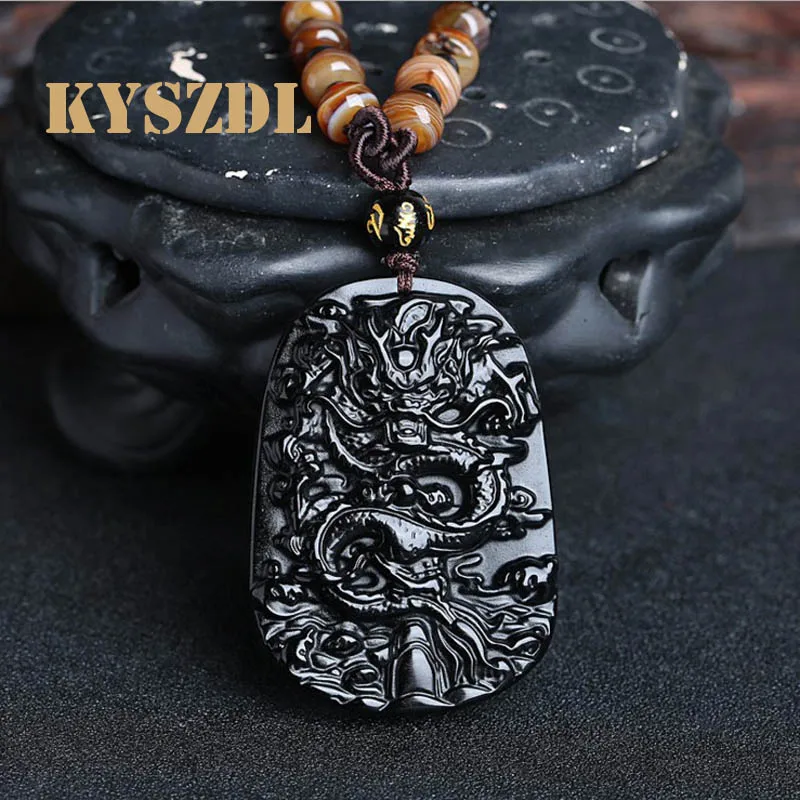


Working with Apache Tear Obsidian in this way is not always easy. Perhaps because of this legend Apache Tear Obsidian is associated with the cleansing power of grief and is used to help heal the emotional and physical problems that can manifest when grief is not properly expressed. According to folklore anyone who carries an Apache Tear - especially one given as a gift - will never have to cry tears of grief, because the Apache have cried tears enough for all peoples. Another says that the tears were shed by the survivors of the Apache tribes when they were driven from their homelands. One legend says that the tears were shed by Apache women mourning the death of their partners, sons and fathers. There are several versions of the legend about how 'Apache Tears' got their name, but all agree that the crystal formed when the tears of the dispossessed and persecuted Apache peoples hit the dry earth. The name 'Obsidian' is derived from a Roman called Obsius who, according to Pliny, discovered the volcanic glass in Ethiopia.

Although Obsidian is plentiful it is rare in geological terms, only found in areas that have seen relatively recent volcanic activity. Arizona provides the majority of Apache Tears on the market, many coming from deposits in the foothills of Apache Leap Mountain. Obsidian is found in Italy, Scotland, Mexico and the western United States, with notable deposits in Oregon, California, Colorado, Idaho, Texas and Utah. Although Obsidian is an excellent material for knapping Apache Tears can contain considerable internal pressures and there is a risk they will explode into flying shards if they are sawn, cut or drilled. All forms of Obsidian are hard but brittle and fracture conchoidally (in shell-like flakes), making it useful for creating arrowheads and blades. Specific gravity ranges from 2.3 - 2.6, refractive indices are 1.4 - 1.6 and hardness is about 5 - 5.5 on the Moh Scale. Composed of about 70% Silicon Dioxide (Si O2) with various impurities they are chemically similar to Granite and Rhyolite, but are amorphous, without any defined crystal structure. These are the nodules that we know as Apache Tear Obsidian.Īpache Tears appear to be black but display a smokey gray-brown translucence when held to the light. Patches of this lava that are better protected from the elements or slower to absorb water remain glassy, somtimes weathering out of the Perlite as it erodes. At one point these lava fields were completely glassy, but time, water and erosion combine to change them into a soft gray rock known as Perlite. These glass stones are usually pebble sized (roughly 1-2 inches) and are found within masses of rhyolite lava. Individual rounded nodules of Obsidian are known as 'Apache Tears', 'Obsidian Drops' or 'Obsidian Pearls'. Obsidian is a type of volcanic glass created when lava rich in silica (Quartz) comes into contact with water and is cooled quickly, resulting in dark glassy sheets with colors ranging from green to brown and black. A-Z of Crystals > A > APACHE TEAR OBSIDIAN


 0 kommentar(er)
0 kommentar(er)
